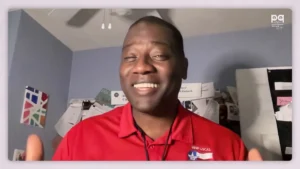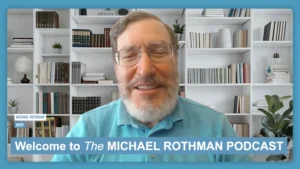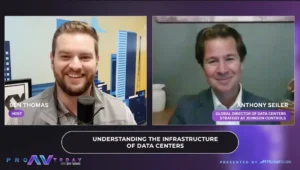LED VIDEO WALLS AND THEIR EMERGING IMPACT ON TV BROADCASTS AND FILM
Did you know that LED video walls are an integral part of TV broadcasts and film? It’s true! The vibrant imagery provided by this advanced technology offers the perfect backdrop on any set. Instead of using old-school projectors or printed backdrops, LED screens make it appear as though cars are actually driving along roads, or can display a realistic snowy winter land that can be seen through a window of a fictional house on a production set.
Another popular way in which LED video walls have made their debut in the television world is as a backdrop for news programs. Today’s newscasting is typically filmed on sophisticated sets, incorporating many video elements. Thus, LED video walls used in these spaces require unique design specifications that are somewhat different from regular LED video walls. Fortunately, LED screens provide design options aplenty.
LED Walls for TV and Film: Special Specifications
- Pixel pitch is one area that is different for these on-air or on-film scenarios. The closer the camera shot, the closer the pixels need to be for optimal results.
- Refresh rate is another aspect to consider. It must be fast so that content looks natural and transmits seamlessly.
- Dual powered displays are a must. Having two power sources prevents content loss due to power issues during broadcast.
- In a newsroom floor scenario, opt for a non-bezeled display. Bezels break up the connected screens, providing poor aesthetic appeal, making bezel-free LED screens the ideal solution.
- Cable-free designs that contain wires within an enclosed cabinet not only provide a neat appearance, but are less of a tripping hazard for employees, guests, or on set talent.
LED Video Floors
In addition to video walls, LED displays can also be integrated as part of the floor in news broadcast or other production settings. Recently, a major new station’s floor was revamped with an LED screen, making it a centerpiece for aerial and push and pull shots in front and above the main news desk. Made possible with a 6mm floor and surface screen, this application is just one unique LED video innovation being implemented in the TV and film realm.
Curved Screens Now Possible
When outfitting a broadcast set or a movie scene, sometimes straight against the wall doesn’t work—the anatomy of the set may make traditional flat or flexible panels an implausible option. Highly adaptable, lightweight curved LED displays can curl, bend, fold and attach to a concave or convex wall, melding seamlessly into a set’s background, making just about any backdrop possible.
Read more at pixelflexled.com









